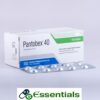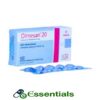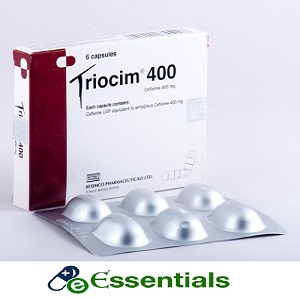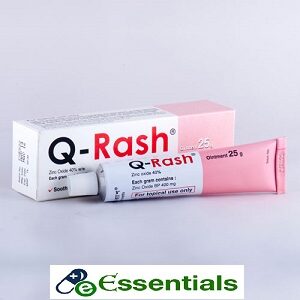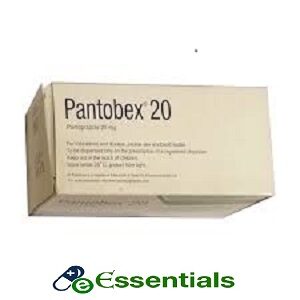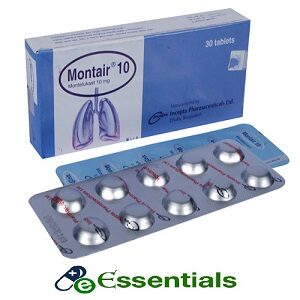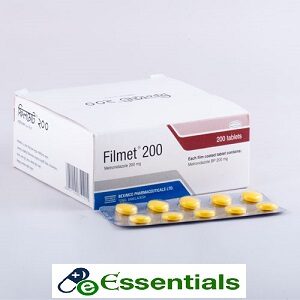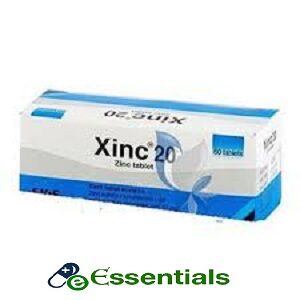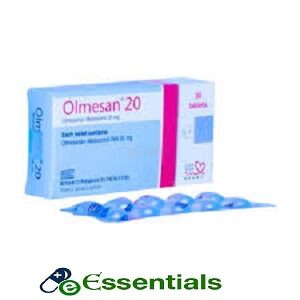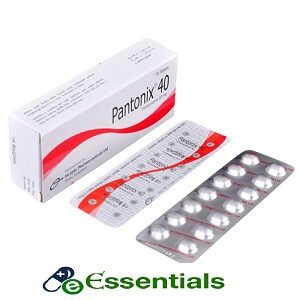Indications
Cefixime is indicated in the following infectious diseases-
- Respiratory Tract Infections: Pneumonia, Sinusitis, Pharyngitis and Tonsillitis, Acute Bronchitis and Acute Exacerbations of Chronic Bronchitis (AECB)
- Otitis Media
- Typhoid
- Urinary Tract Infections
- Uncomplicated gonorrhea (cervical/urethral).
Therapeutic Class
Pharmacology
Dosage & Administration
The usual course of treatment is 7 days. This may be continued for up to 14 days if required. The daily dose can be given in 1–2 divided doses.
Usual dose:
- Adult and child over 10 years: 200–400 mg daily
- Child over 6 months: 8 mg/kg daily
- 6 months to 1 year: 75 mg (3.75 ml) daily,
- 1 to 4 years: 100 mg (5 ml) daily
- 5 to 10 years: 200 mg (10 ml) daily
Typhoid and paratyphoid :
- Adult: 200 mg 12 hourly
- Child: 10 mg/kg 12 hourly
Gonorrhoea:
- Adult: 400-800 mg as a single dose
Interaction
Contraindications
Side Effects
Pregnancy & Lactation
Pregnancy category B. There are no adequate and well-controlled studies in pregnant women. So this drug should be used during pregnancy only if clearly needed.
Use in Lactation: It is not known whether cefixime is excreted in human milk. So it is probably best either to avoid using the drug by the nursing mother or to discontinue breast feeding.
Precautions & Warnings
Use in Special Populations
Use in Children: Safety and effectiveness of cefixime in children aged less than 6 months have not been established. For children younger than 12 years or weighing less than 50 kg, the usual dose is 8 mg/kg/day.
Use in elderly: No special precautions are necessary. Old age is not an indication for dose adjustment.
Dosage in renal impairment:
- Creatinine clearance: 20 ml/min or greater: normal dose
- Creatinine clearance: <20 ml/min or chronic ambulatory peritoneal dialysis
- Haemodialysis: daily dose should not exceed 200 mg.
Overdose Effects
Management: Supportive treatment. Empty stomach by gastric lavage.
Storage Conditions
Brand
Beximco Pharmaceuticals Ltd


